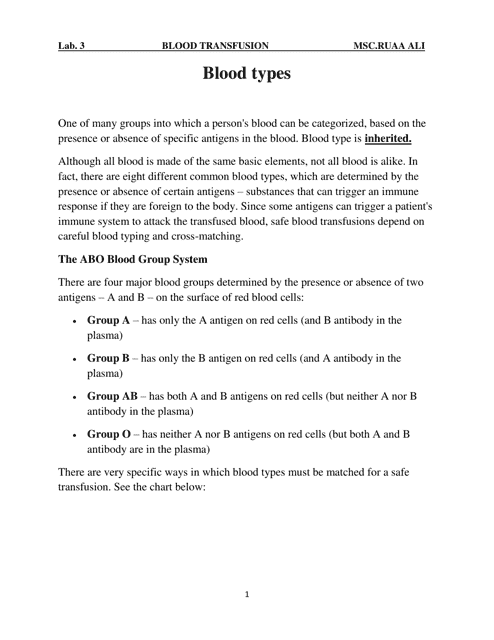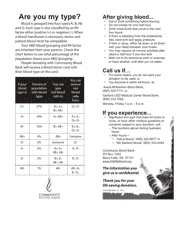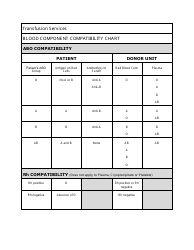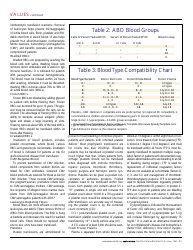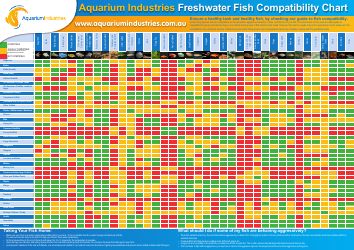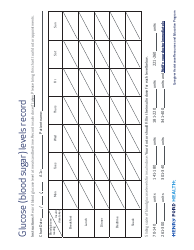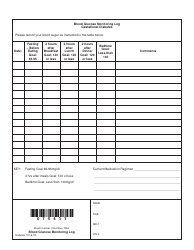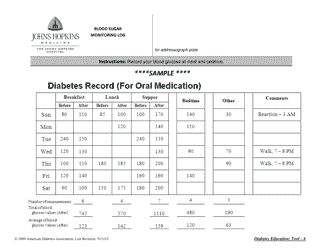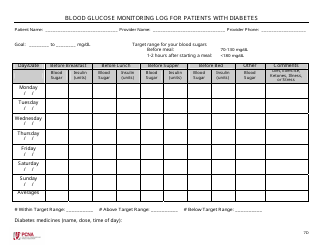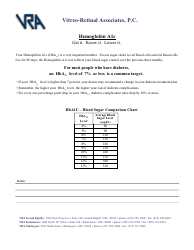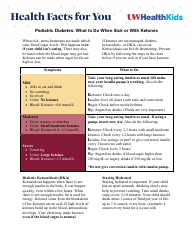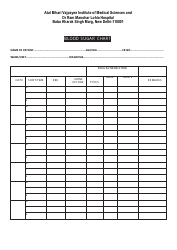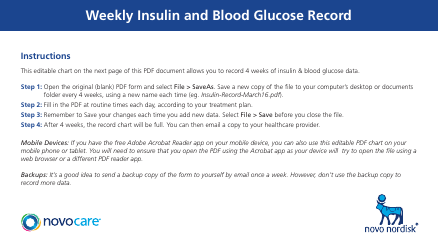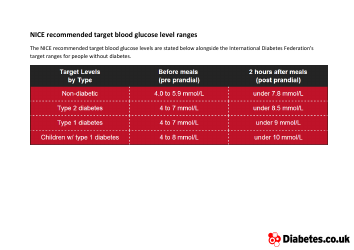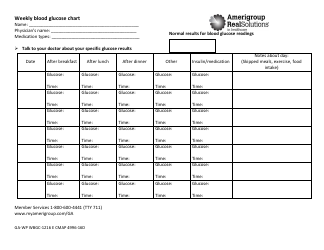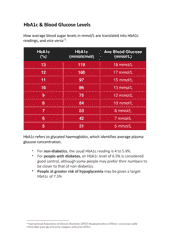Blood Transfusion Compatibility Chart
A Blood Transfusion Compatibility Chart is used to determine which blood types are compatible for a transfusion. It helps ensure that the donor blood is compatible with the recipient's blood type to prevent any adverse reactions.
The Blood Transfusion Compatibility Chart is typically filed by healthcare professionals or medical staff involved in blood transfusion procedures.
FAQ
Q: What is a blood transfusion compatibility chart?
A: A blood transfusion compatibility chart is a tool used to determine which blood types are compatible for a safe blood transfusion.
Q: Why is a blood transfusion compatibility chart important?
A: It is important because mismatched blood transfusions can be life-threatening. The chart helps ensure that the donated blood is compatible with the recipient's blood type.
Q: How does a blood transfusion compatibility chart work?
A: The chart shows which blood types can be safely mixed together. It indicates which blood types are compatible for transfusion, based on the presence or absence of specific antigens on red blood cells.
Q: What are the different blood types?
A: The main blood types are A, B, AB, and O. Each can be positive or negative, based on the presence or absence of the Rh factor.
Q: What are the compatibility rules for blood transfusions?
A: Generally, individuals with blood type O- (O negative) are considered universal donors, while those with blood type AB+ (AB positive) are considered universal recipients. There are specific compatibility rules depending on the blood types involved.
Q: Are there any exceptions to the blood transfusion compatibility rules?
A: In emergency situations, when time is critical, immediate blood transfusion may be done using O- blood. However, efforts are made to match the recipient's blood type as closely as possible to minimize complications.
